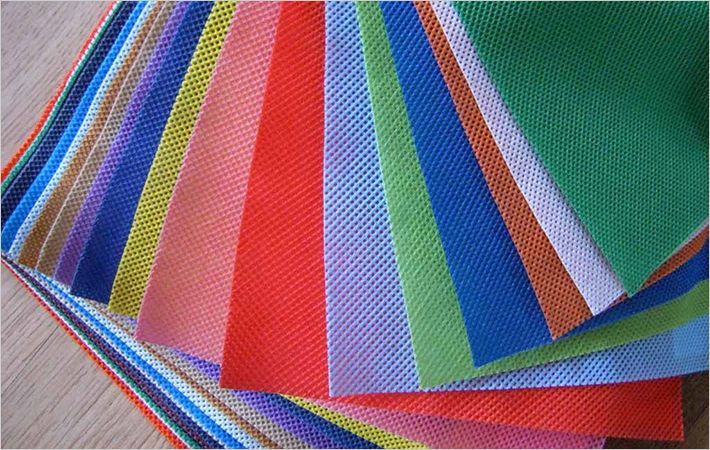The Japan Aerospace Exploration Agency (JAXA) and Nitto Seimo Co aim to tackle the increasingly hazardous problem of rubbish in orbit around the Earth damaging space shuttles and satellites once and for all.
Last year, a US report concluded that space was so littered with debris that a collision between satellites could set off an “uncontrolled chain reaction” capable of destroying the communications network on Earth. It is estimated there are 370,000 pieces of space junk.The Japan Aerospace Exploration Agency (JAXA) and Nitto Seimo Co aim to tackle the increasingly hazardous problem of rubbish in orbit around the Earth damaging space shuttles and satellites once and #
The Japanese plan will see a satellite attached to a thin metal net spanning several kilometres launched into space. The net is then detached, and begins to orbit earth, sweeping up space waste in its path.
During its rubbish collecting journey, the net will become charged with electricity and eventually be drawn back towards earth by magnetic fields – before both the net and its contents burn upon entering the atmosphere.
It is likely the nets will target the orbital paths of space shuttles which are constantly monitored for debris.
It is thought that the net will remain in orbit for several weeks, collecting enough rubbish to make the trip financially worthwhile, before sending another net into space.
Inspired by a basic fishing net concept, the super-strong space nets have been the subject of extensive research by Nitto Seimo for the past six years and consist of three layered metal threads, each measuring 1mm diameter and intertwined with fibres as thin as human hair.
The company, which became famous for inventing the world's first machine to make strong knotless fishing nets in 1925, is aiming for the fuel-free system to be completed within two years.
As many as ten million pieces of human-made debris are estimated to be circulating in space at any one time and the issue has long been a cause for concern, because of the potential for collisions with satellites and shuttles.
The majority of the debris in space is believed to consist of small particles but some objects are larger, including spent rocket stages, defunct satellites and collision fragments.
The US Defence Department's interim Space Posture Review 2010 found that the volume of abandoned rockets, shattered satellites and missile shrapnel in the Earth's orbit is threatening the £174 billion space services industry.
Scientists said that a single collision between two satellites or large pieces of “space junk” could send thousands of piece of debris spinning into orbit, each capable of destroying further satellites.
Global positioning systems, international phone connections, television signals and weather forecasts were among the services at risk of being disrupted, according to the report.
In 2006 the Atlantis shuttle was hit by a small fragment of a circuit board which created a small hole through the radiator panels in the cargo bay.
British scientists welcomed the plans yesterday but voiced concern. Dr Maggie Aderin-Pocock, a space scientist, said: “I'm glad someone is doing something about it because space debris is extremely dangerous. This sounds like a fairly straight forward solution and I think it could work if used properly.
“However, I am slightly apprehensive as the net will have to be used carefully because we wouldn't want a real satellite getting caught up in the net.”
The Telegraph

